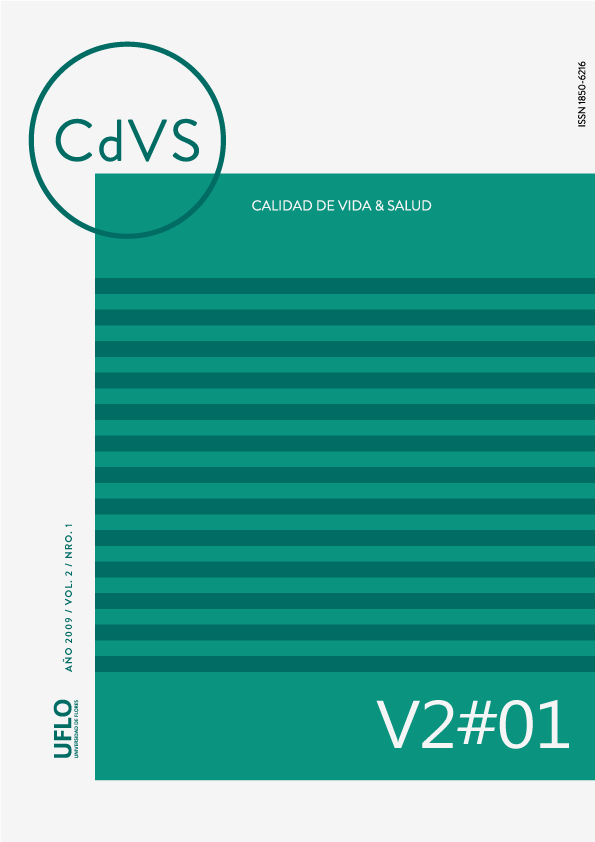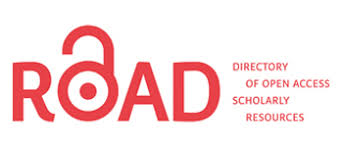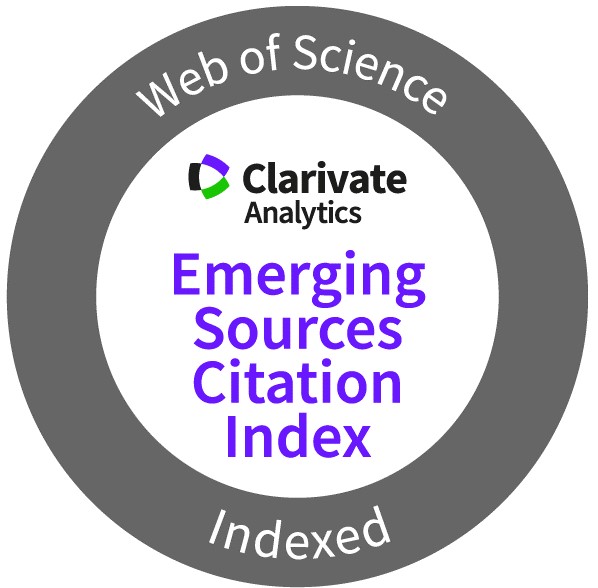UN ESTUDIO PANORÁMICO SOBRE EL RIESGO Y LA PREVENCIÓN DEL ABUSO SEXUAL INFANTIL
Resumen
Se trata de caracterizar y definir las distintas alternativas del riesgo y consecuente daño físico, social como psíquico y moral que constituye el Abuso Sexual Infantil (ó ASI como sigla). Por sus connotaciones es un riesgo y un daño completo; es decir, no parcial. Abarca una enorme amplitud de situaciones y alternativas sociales y morales para un menor indefenso, que fue o puede ser víctima de la impulsividad sexual y perversa de un eventual y aún esporádico abusador. La primera señal que acusa su gravedad es la falta de igualdad y la no equiparabilidad y desequilibrio entre recursos y vías de prevención y defensa entre la víctima del abuso sexual infantil, el menor abusado, y su abusador, aunque éste podría ser otro menor y no sólo un adulto. En el menor abusado recae todo el peso y el daño de esta disparidad y desequilibrio que quedan caracterizados y patentados por su inocencia e incapacidad e inmadurez etaria para salvar o eludir el carácter inherente y esencialmente vejatorio y abusivo del ASI. En el trabajo se exponen sus circunstancias más comunes e inmediatas, sus
riesgos y más temibles consecuencias, las distintas figuras de la víctima y del
victimario, los estudios que se siguen para su prevención y detección temprana,
como las condiciones previas y las consecuencias inmediatas tanto sociales como
legales e institucionales que van formando sus variadas alternativas. Se dan datos y resultados relevantes referentes al mes del año en que la casuística se eleva significativamente (febrero, como mes habitual de vacaciones de verano en el hemisferio sud) y, asimismo, el abandono o interrupción de sus estudios primarios y secundarios por parte del menor y por causas que pueden ser propias o ambientales.
Publicado
Cómo citar
Número
Sección
Los autores que publican en esta revista están de acuerdo con los siguientes términos:
- Los autores conservan los derechos de autor y garantizan a la revista el derecho de ser la primera publicación del trabajo al igual que licenciado bajo una Creative Commons Attribution License que permite a otros compartir el trabajo con un reconocimiento de la autoría del trabajo y la publicación inicial en esta revista.
- Los autores pueden establecer por separado acuerdos adicionales para la distribución no exclusiva de la versión de la obra publicada en la revista (por ejemplo, situarlo en un repositorio institucional o publicarlo en un libro), con un reconocimiento de su publicación inicial en esta revista.
- Se permite y se anima a los autores a difundir sus trabajos electrónicamente (por ejemplo, en repositorios institucionales o en su propio sitio web) antes y durante el proceso de envío, ya que puede dar lugar a intercambios productivos, así como a una citación más temprana y mayor de los trabajos publicados (Véase The Effect of Open Access) (en inglés).










